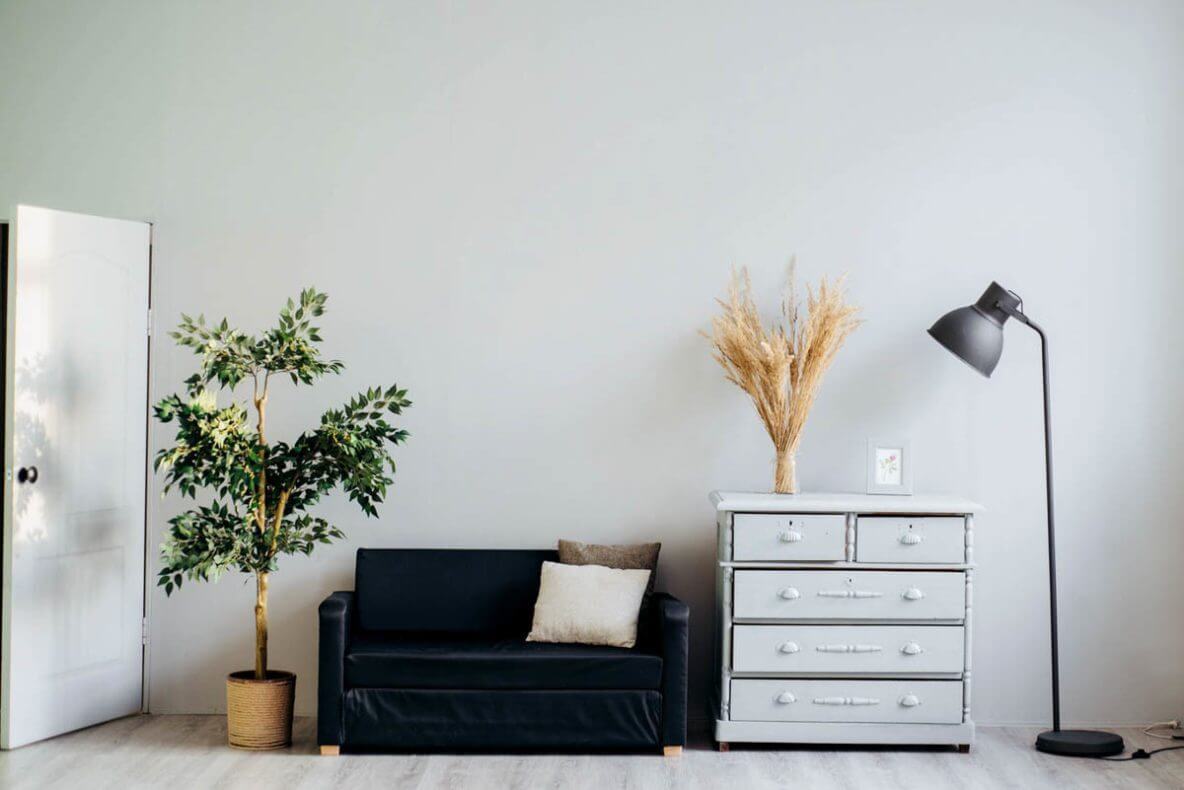
Inhaltsverzeichnis
5 minimalism habits that you can start with today!
Minimalism is a common theme these days, and you might even reach a point where you ask yourself whether it's something for you. When you hear about this lifestyle, it always sounds very nice, but also somehow exhausting and like a lot of work. Does it actually suit me? Or does it just sound appealing because it's currently trendy?
These questions can arise, especially when you're new to this. That's why I want to break down the topic today in such a way that you'll get some simple, concrete tips at your fingertips. These should help you integrate minimalism into your everyday life without having to become a hardcore minimalist.
The minimalism habits we'll be discussing today will help you understand the essence of what minimalism is and what it stands for.
So, without further ado, let's get started with the 5 minimalism habits you can start today!
1. Clean up every evening
Cleaning up can be annoying. I often find myself spending more time fretting about the chaos at home than actually cleaning up. If you're short on time in the morning or just don't know what to wear, suddenly the dishes pile up in the sink or half your wardrobe piles up on the bed.
What helps against this is tidying up every evening. Putting all loose objects back where they belong. Admittedly, this is easier for me as a student in a one-room apartment than for a mother or a homeowner. But for me, tidying up in the evening makes a big difference. Then I know everything I own, and by interacting with the objects, I appreciate them more. It also makes you notice things you might need to buy again, or that you're just moving something from right to left and don't actually need. In a way, it forces you to deal with these things now and not put them off. If stuff piles up and you put it off, you don't have to deal with it at the time, but you'll have even more work to do later.
2. Decision-making aids: visualization and self-examination
That sounds deliberately dramatic because it helps me remember these two points.
Not long ago, especially when it came to clothes, I simply bought everything I liked (assuming, of course, that I could afford it). ). As a result, my closet filled with stuff I rarely wore. That's why I've gotten into the habit of keeping two things in mind when buying:
The first step is visualization. I imagine the item of clothing in my closet and consider whether it fits with the rest of my clothes and how I can combine it.
The second is self-examination. I simply question myself critically: Do I really wear this? When and for what occasions do I wear it? Do I already have a very similar item of clothing? Is it worth the money? Am I perhaps just buying it because I think it will make me feel better? Or is this item of clothing actually useful to me?
These considerations help you shop more consciously, and you'll be more pleased with the things you ultimately buy because you know they'll be of use to you.
3.Challenge yourself: The free surface challenge
This little experiment is great for you if you'd like to get to know the world of minimalism but aren't quite sure how to get started—or if you just want a bit of a change from your more usual minimalism habits. First, think of a time period for your challenge. This could be a week, a month, or even longer. During this time, try to keep all the surfaces in your home empty. To start with, declutter all your surfaces and find places where you can store all the items for that period. It's not about not being allowed to use things anymore, but rather about getting an idea of what it feels like to live in a very tidy and free space. How does it feel to live with less? How does it feel to have less on my surfaces?
Once your allotted time is up, you might want to put only half of the original items back on the surfaces. Or at least think more consciously about what's lying around in your home. The problem with humans is that we get used to things very quickly and no longer really notice things that have been in the same place for a long time. Our brain switches to autopilot as much as possible so that we have enough free time to devote ourselves to the things that are important at the moment. As a result, many things become a kind of background noise, which eventually gets louder and louder.
With this challenge, we can play a little trick on our brain and question ourselves as to whether what we own is really necessary. It's worth giving it a try!
4. Origin stories
Another way to better understand your own purchasing behavior and habits, and thus better establish minimalism habits, is to ask yourself about the origin story of objects. Look at the objects you have at home. Then ask yourself: How did this item get here? Did I just buy it because it was on sale? Did I just think it was cool for a few months, or do I still like it? Do I just not want to give it away because I paid money for it?
So many of our possessions have origin stories that go in precisely this direction. That's why we should regularly ask ourselves: Does this object have meaning for me? Do I like it? Do I associate it with a happy event?
The items to which we answer these questions with a "yes" are welcome to stay. But the things we have just for the sake of having are things we don't need. They ultimately just clutter up our home.
5. Decluttering is not a one-time thing
Minimalism is not a one-time event where you go through your home and declutter.
It's an ongoing process, a state of mind, and has a lot to do with mindset. It not only affects your behavior in everyday life and online, but also your purchasing behavior. Your attitude toward and relationship with your possessions also changes. You become more aware of what you have and appreciate it more.
So be mindful, be determined and enjoy the objects in your life again.
Do you know any other minimalist habits? Share them with us in the comments.
If you enjoyed this and would like to learn more about healthy eating, mindfulness or sustainability, Check out many more exciting blog articles on these topics here.
Or register here for our blog newsletter and get always the latest articles on your favorite topics
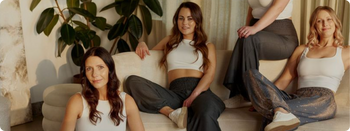
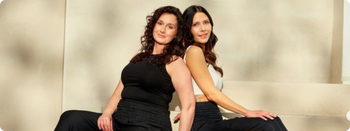

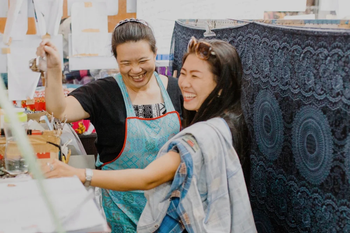
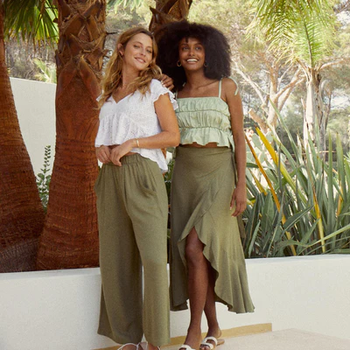
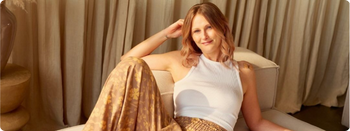
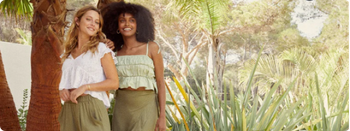


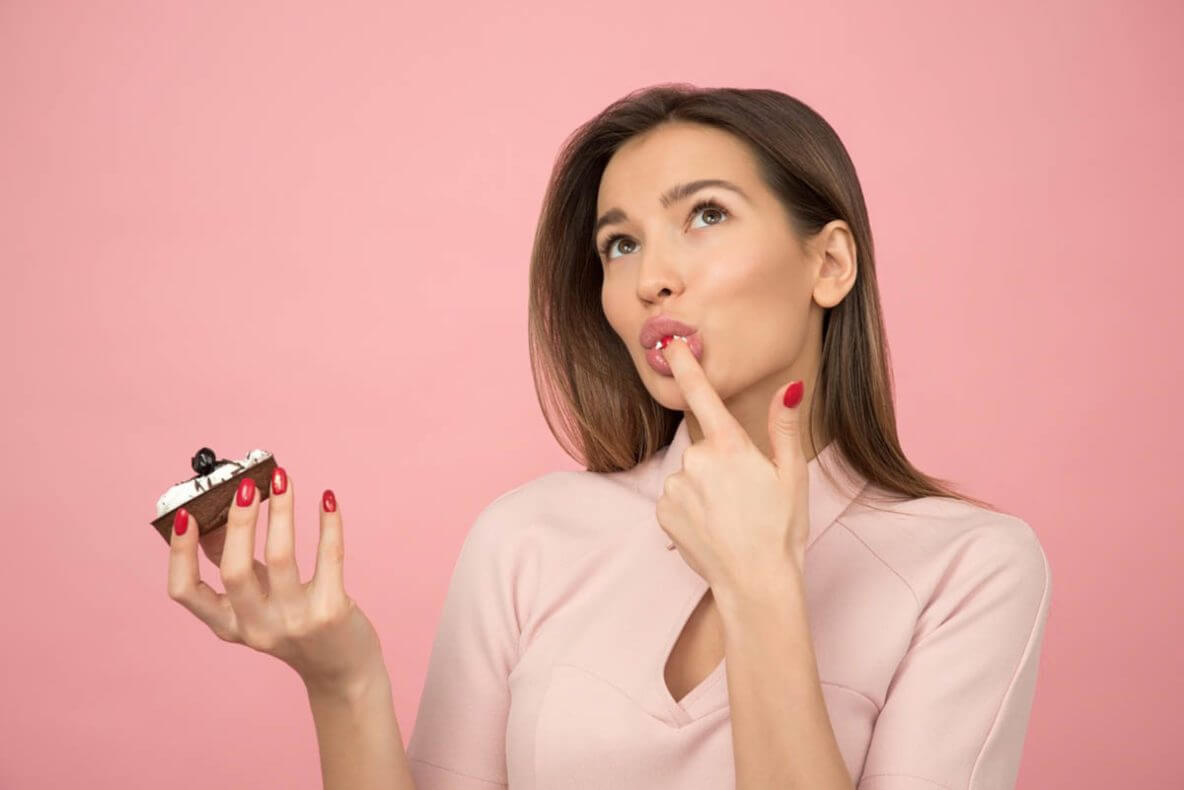
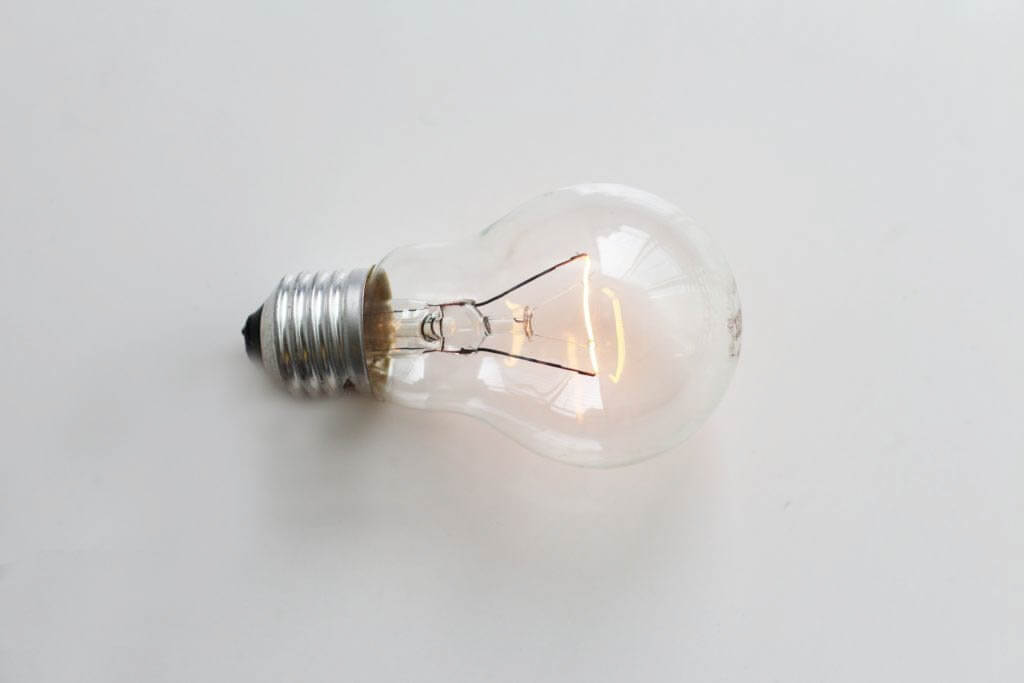
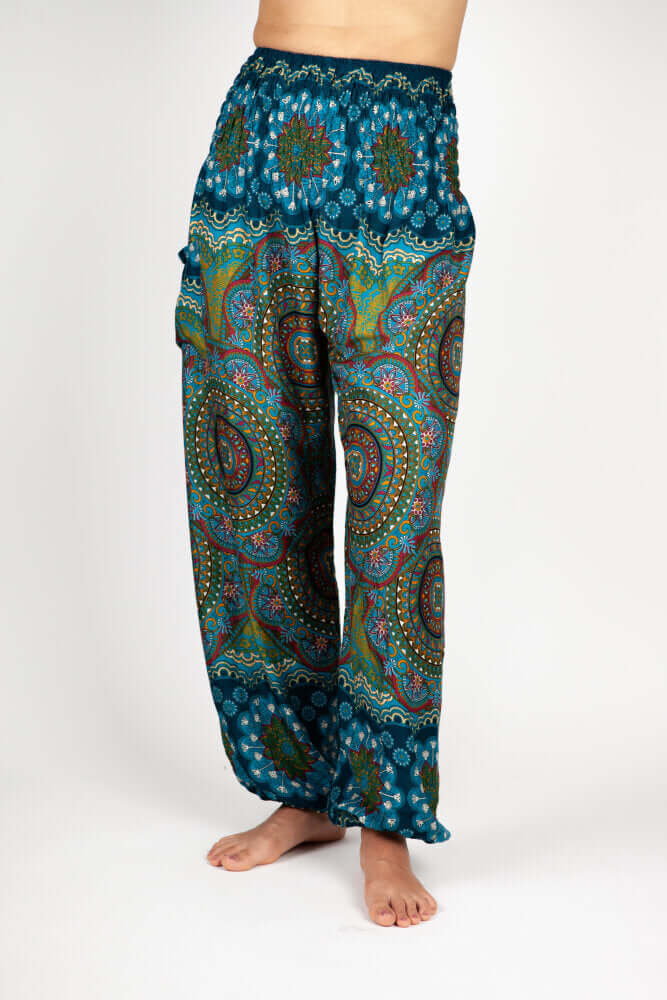
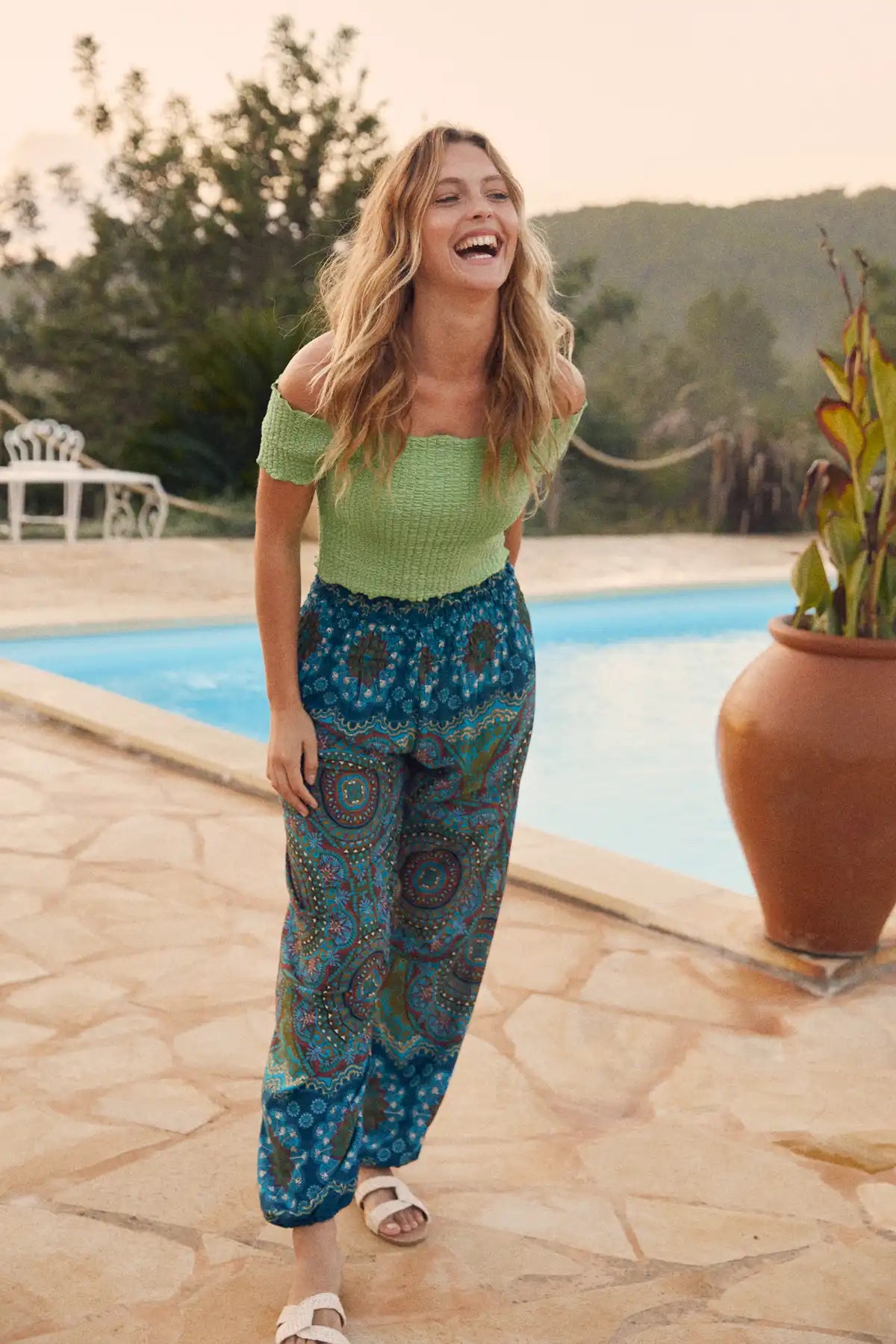
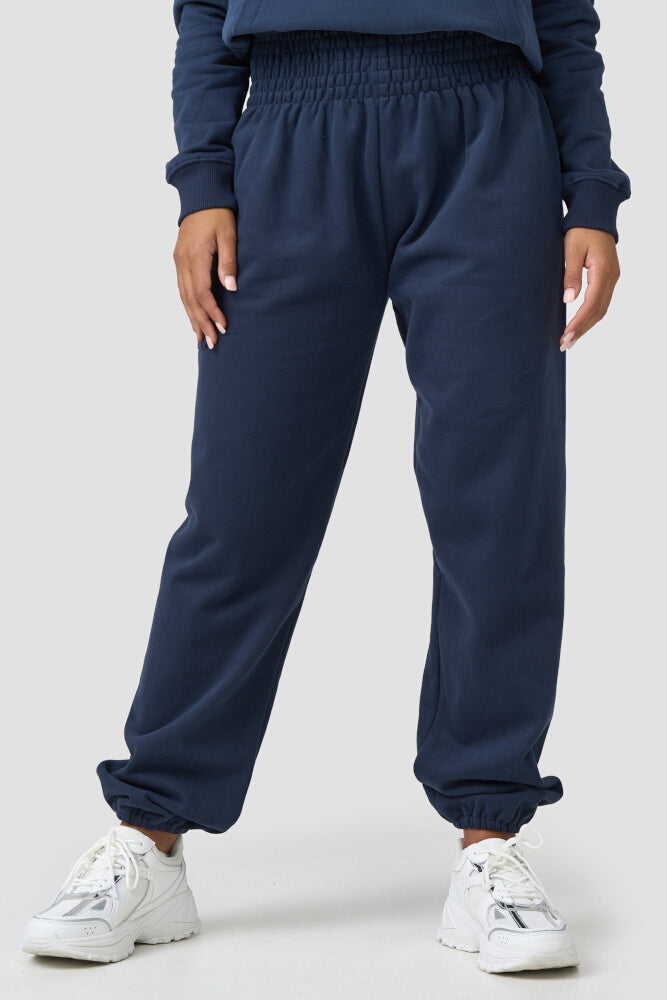
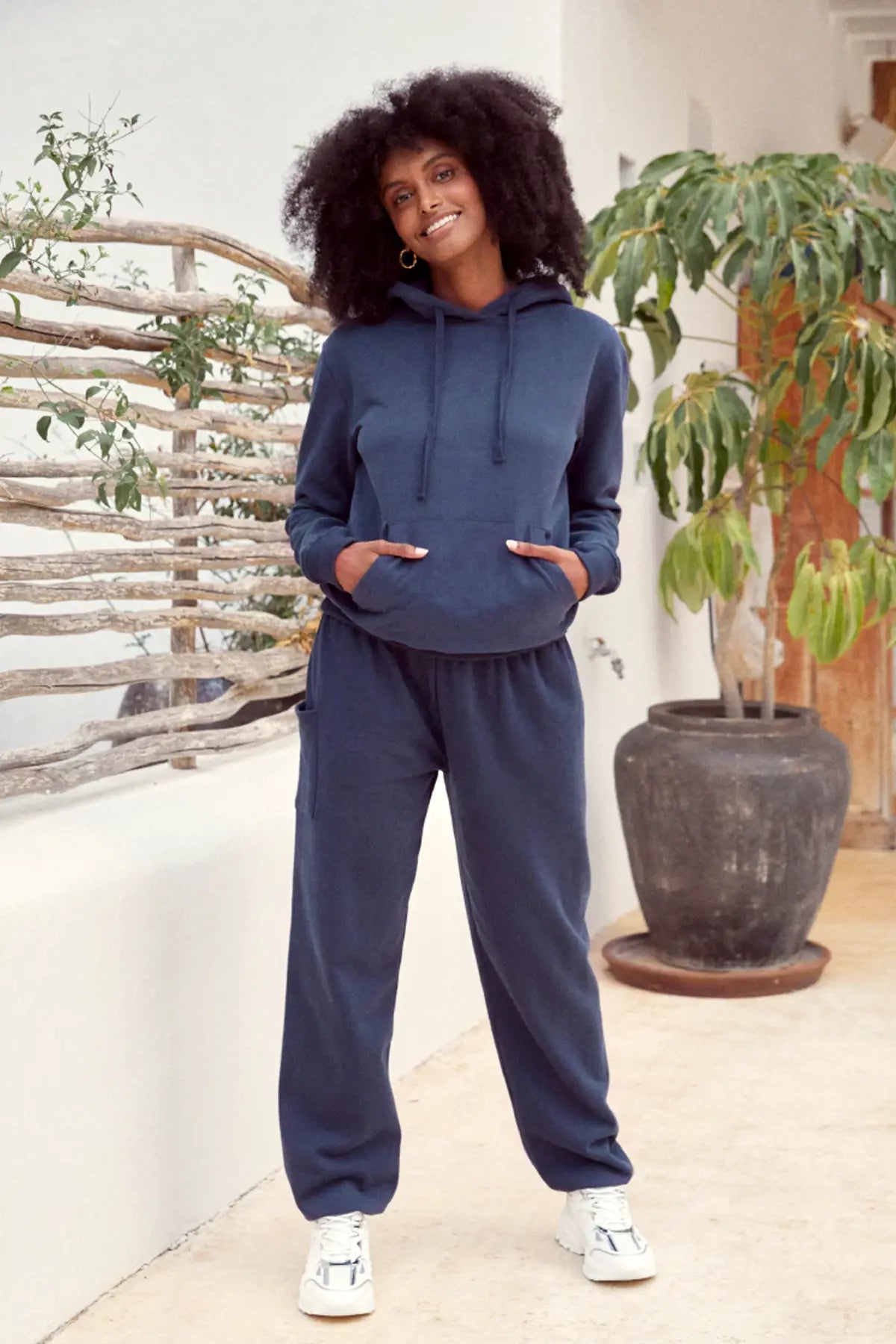
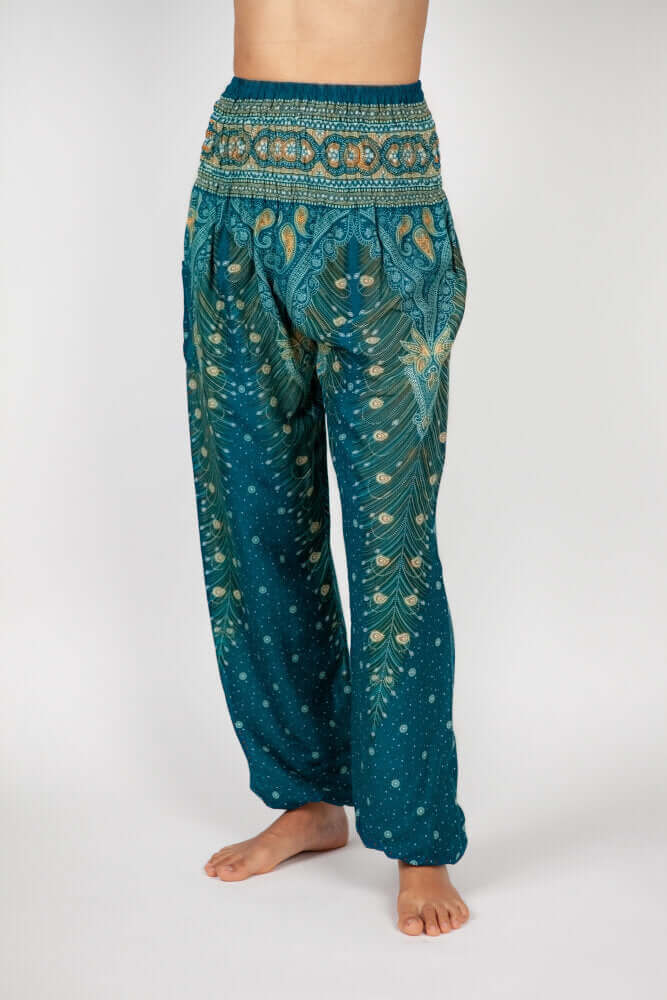
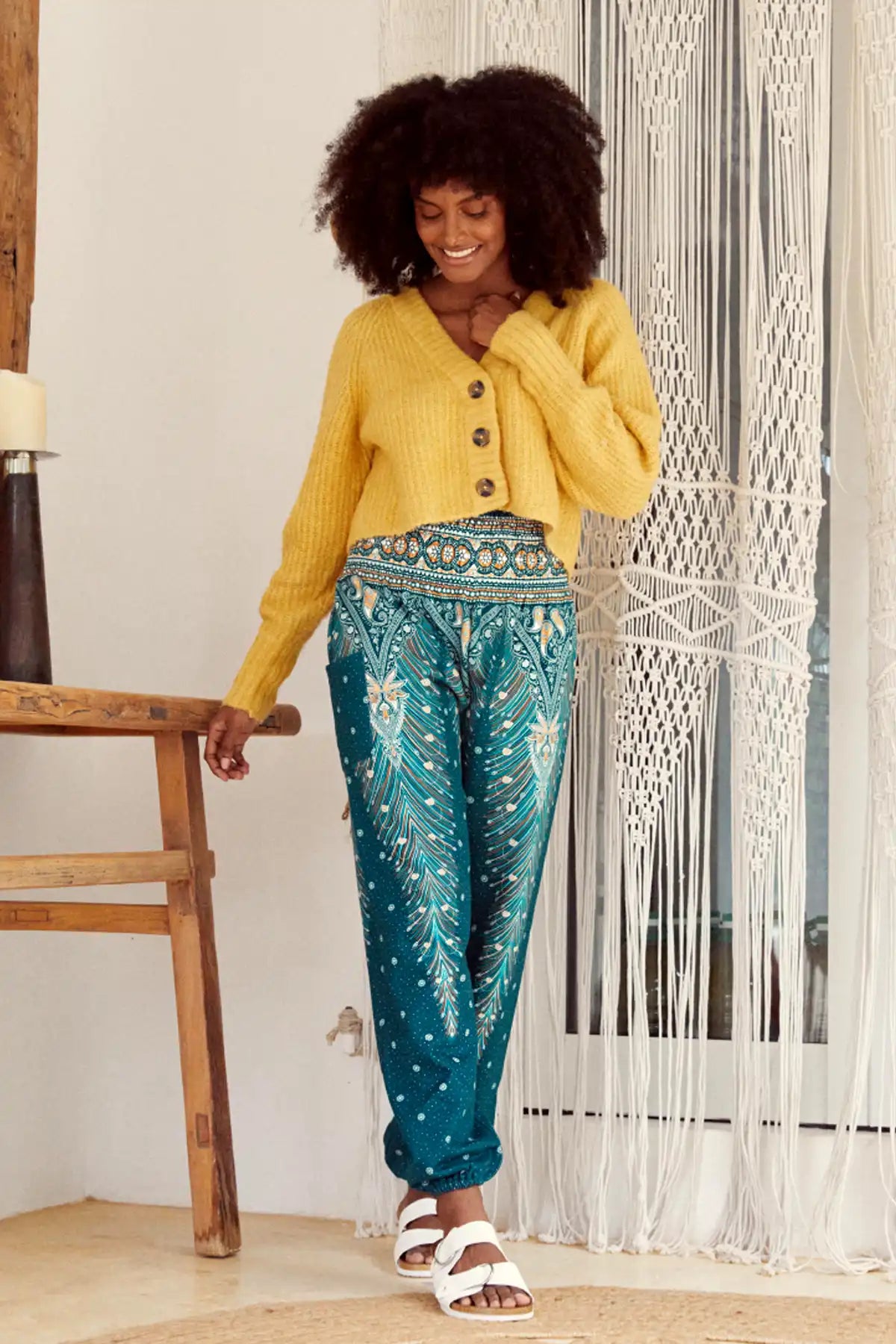
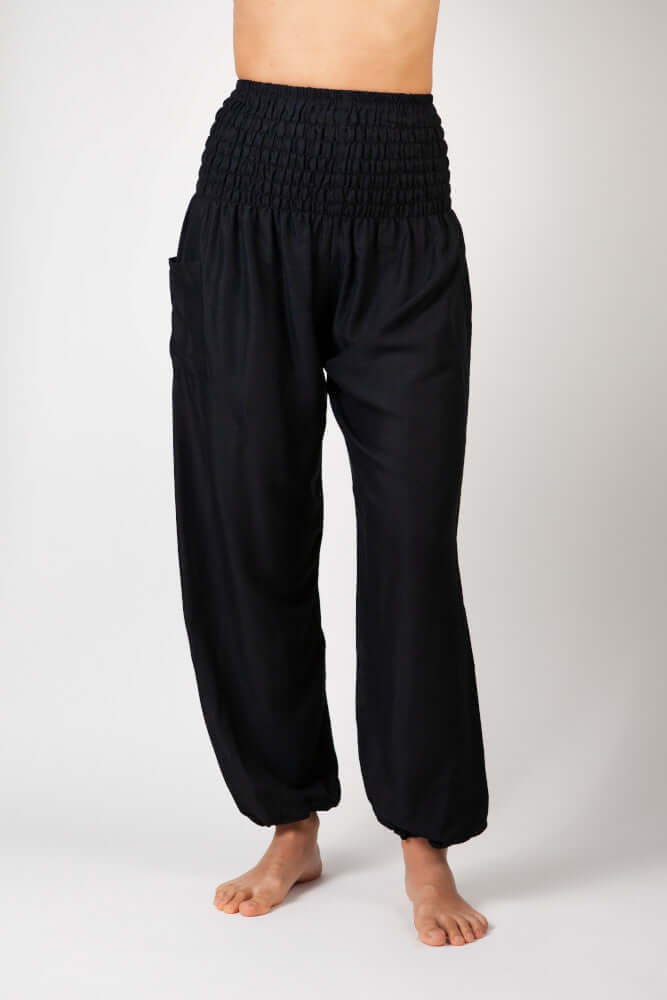
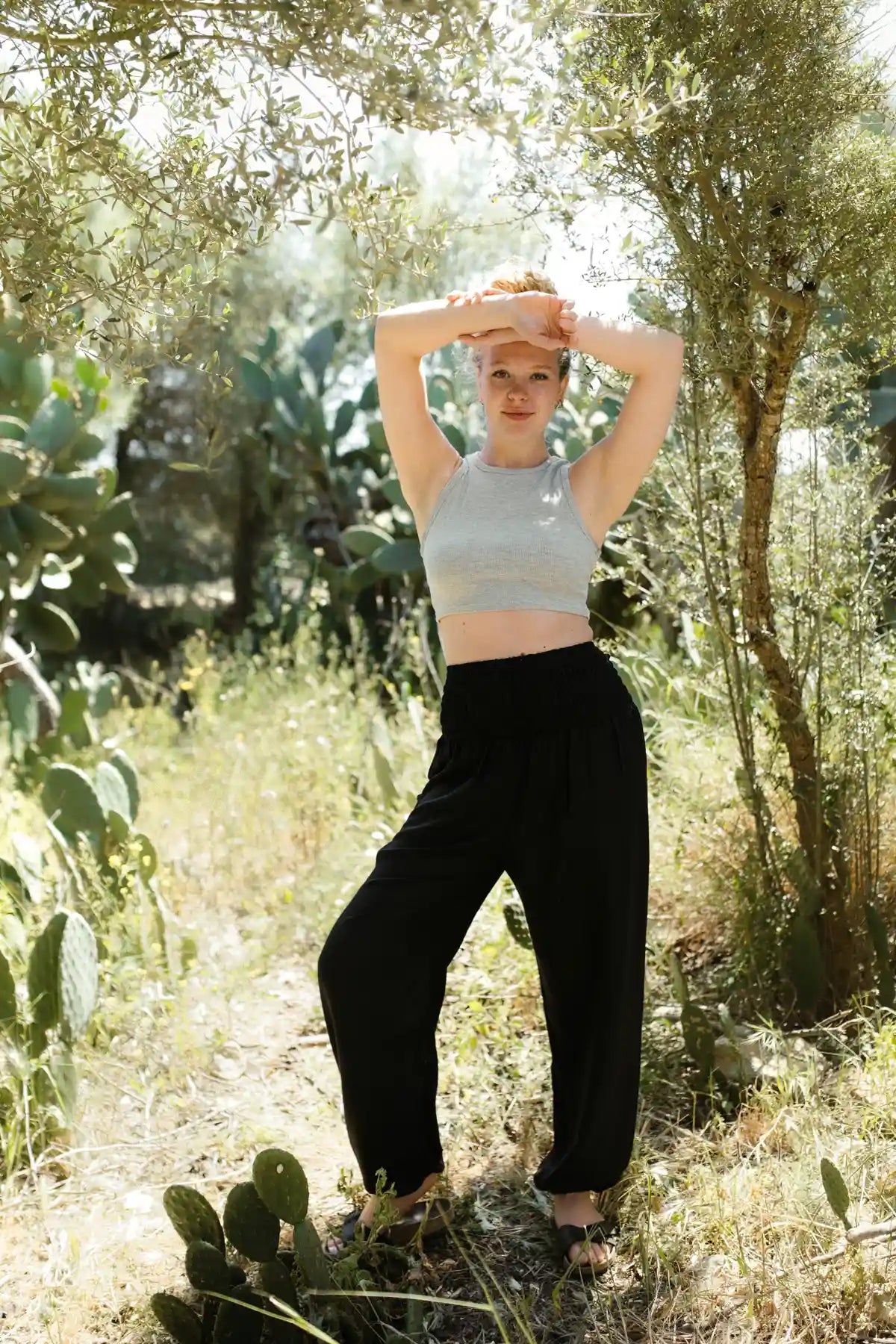
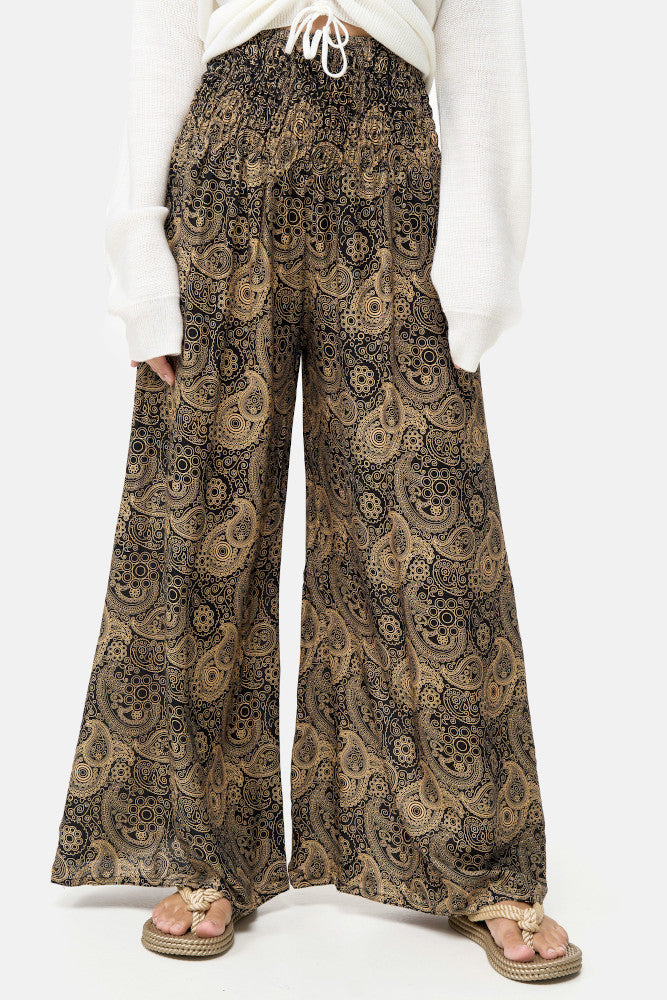
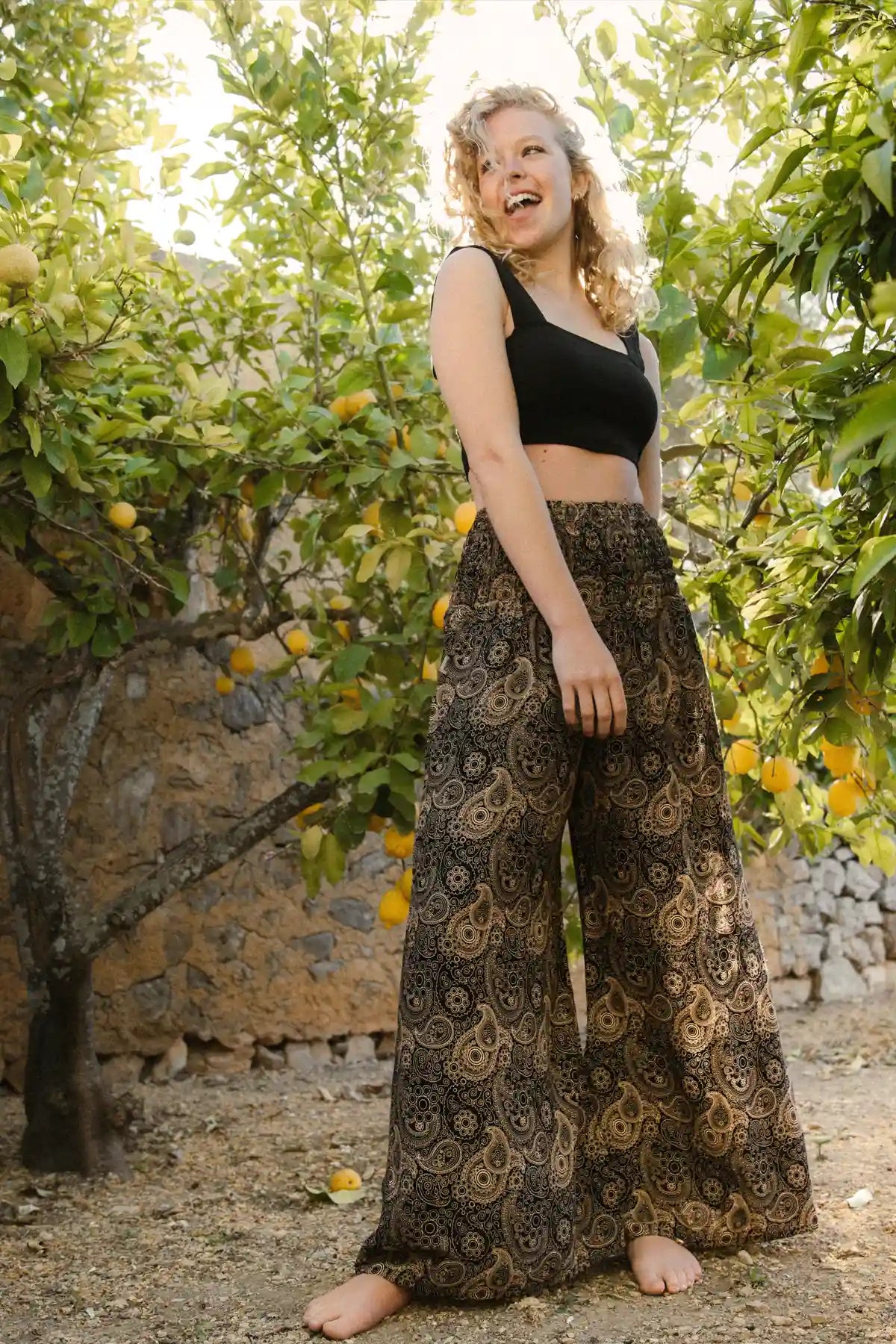
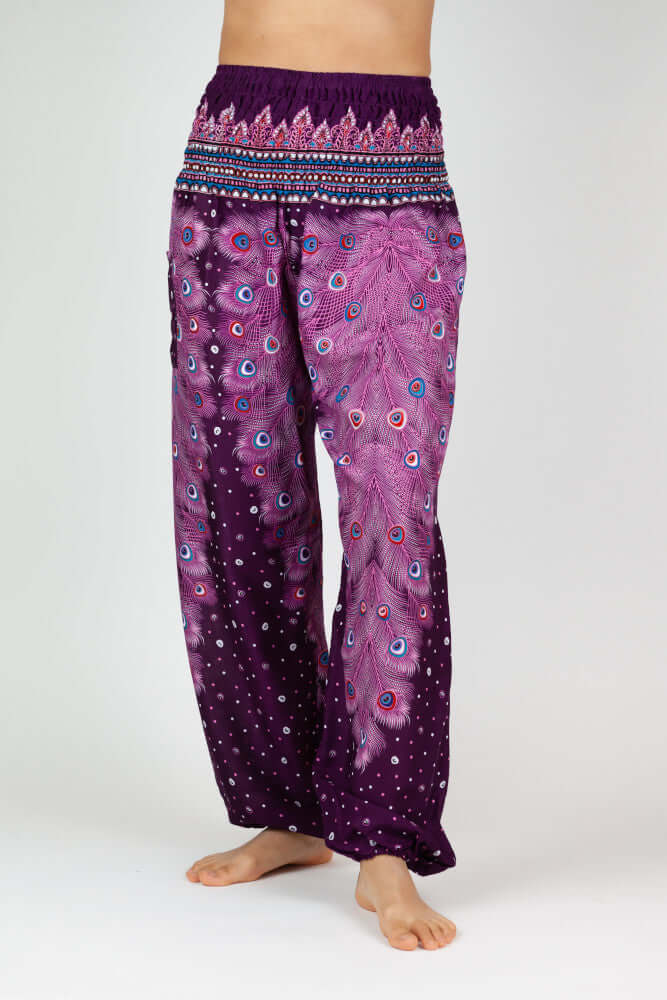

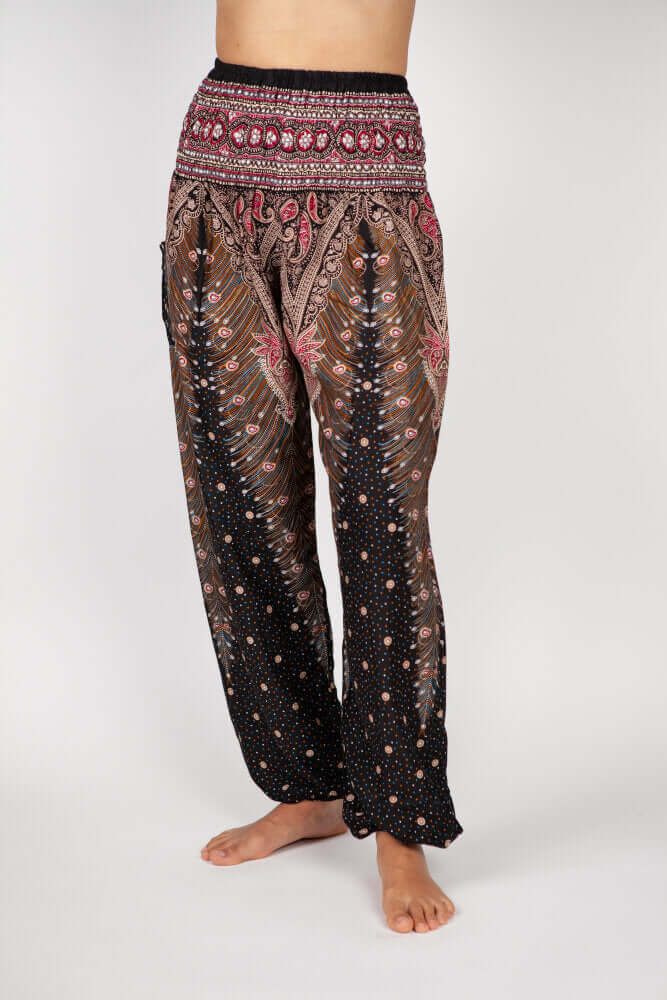
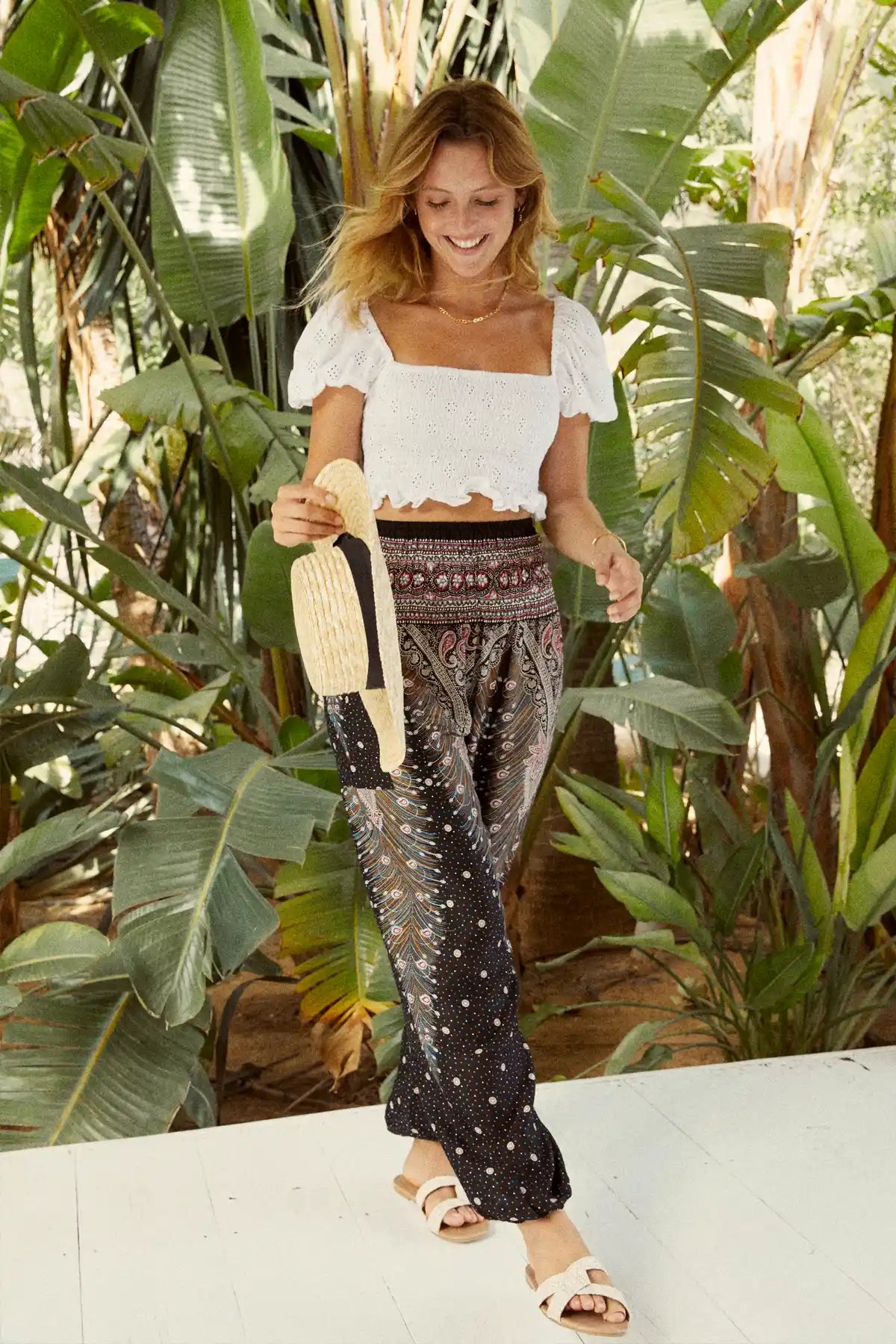
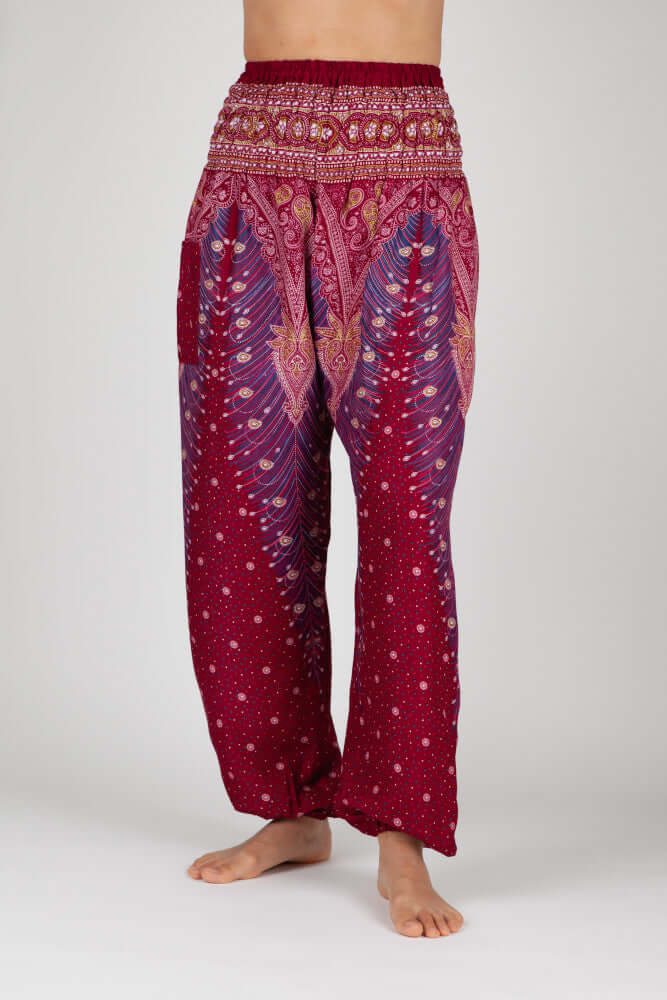
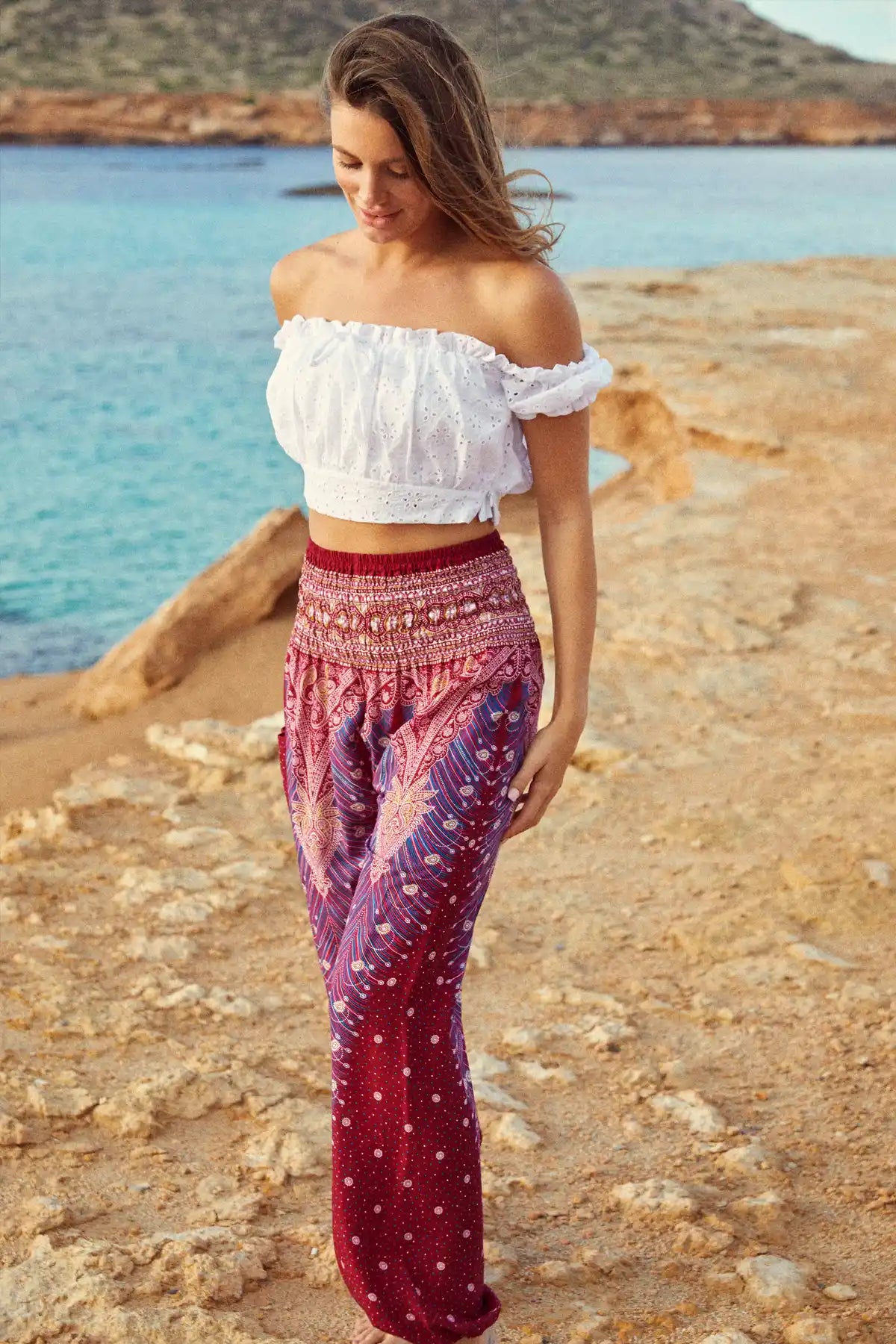
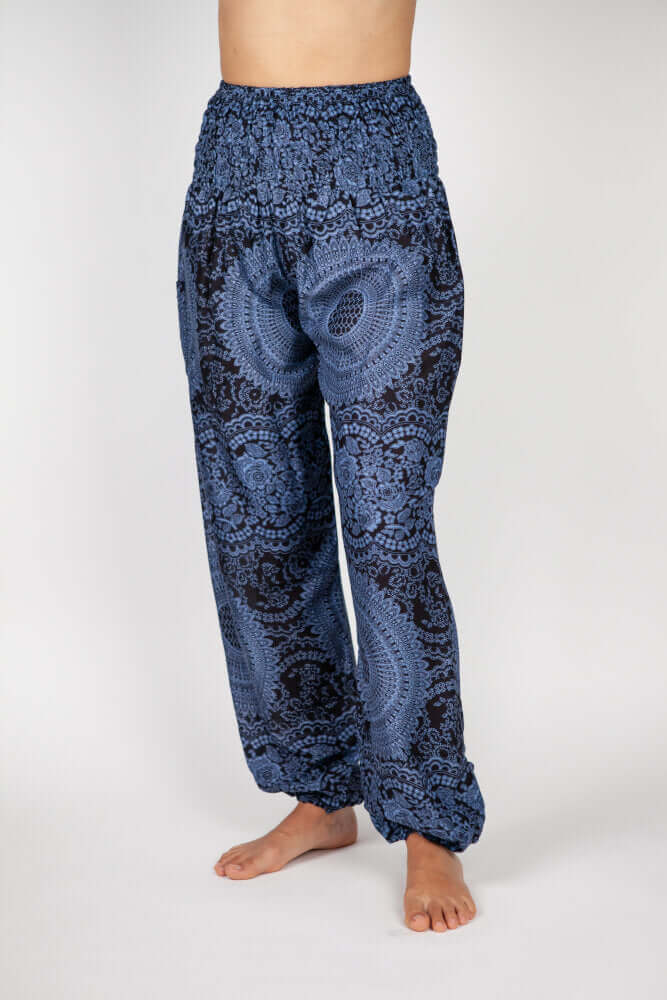
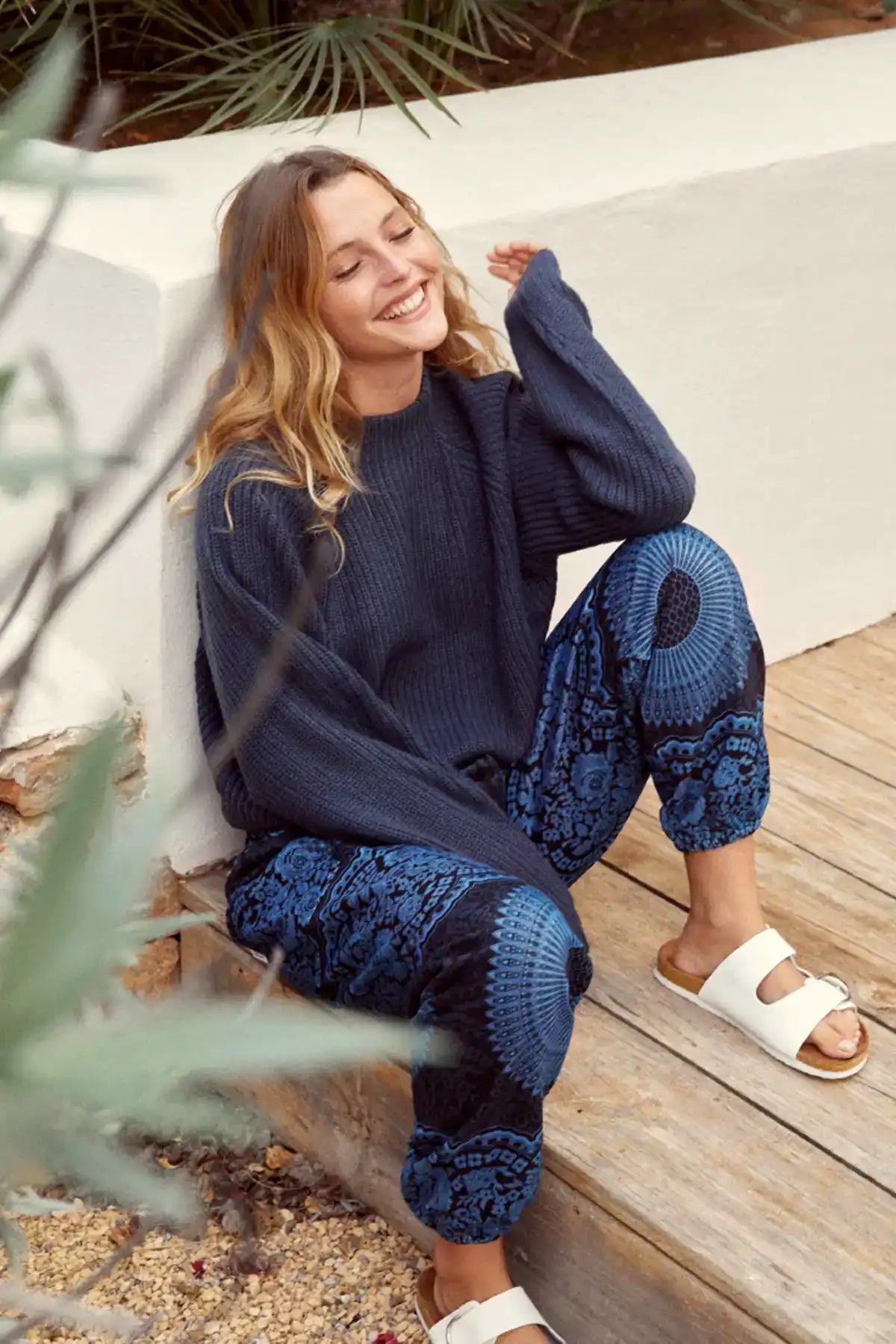
Leave a comment
This site is protected by hCaptcha and the hCaptcha Privacy Policy and Terms of Service apply.